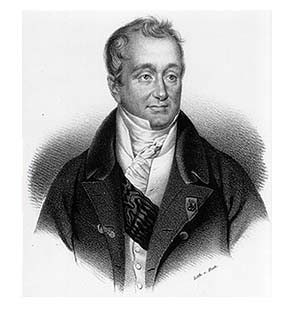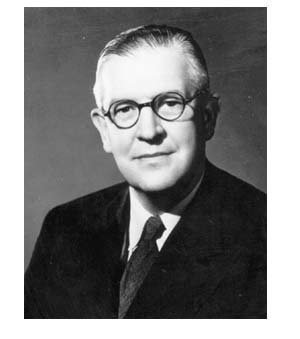Science of Conflict
Reconstructive surgery
Mutilation of soldiers takes on a horrible form on the battle field. It is particularly horrifying when these soldiers survive and have to live in the community once more with extreme disfigurement.
A social and more humane change came over the battlefield at about the same time as Florence Nightingale was tending to the wounded.
During WWII, a Russian sniper wrote in his diary how he took aim at a German soldier. At the moment he was about to squeeze the trigger the German turned his head to reveal that his face was completely blown off. At which point the sniper took pity on the soldier.
Plastic surgery is now recognised as an integral skill necessary for every battlefield hospital. But it was not always the case.
The skill of remodeling a
damaged human face goes back to 800 B.C. where ancient Indian potters
were producing pottery noses for adulterous wives disfigured by their
husbands. It was in 1794 where two British Army doctors, stationed in
India, witnessed an operation to create a false nose. Their report received
a great deal of interest back in London.
Other accounts include an Italian medic by the name of Christopher Fiorovanti.
Fiorovanti witnessed a sword man slice off an opponents nose in duel.
Fiorovanti apparently picked up the nose, urinated on it to wash it
and sewed it back on the man's face. To his surprise the nose reattached
to the face.

